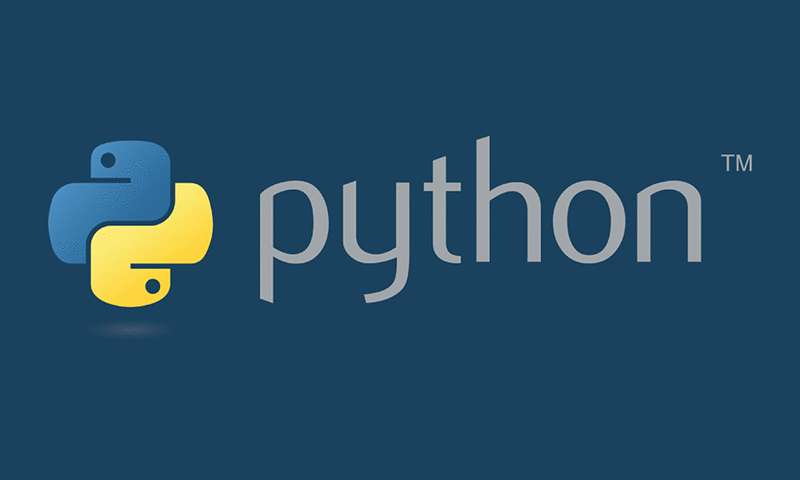Advantages of Python And Disadvantages of Python. Here in this blog post Coding compiler sharing a detailed article on python advantages and python disadvantages. Let’s start reading, happy learning.
Advantages of Python
- Easy Syntax
- Readability
- High-Level Language
- Object-oriented programming
- It’s Opensource and Free
- Cross-platform
- Widely Supported
- It’s Safe
- Batteries Included
- Extensible
Related Article: What is Python – A Beginners Guide
Python Advantages
Let’s discuss about Advantages of Python in detail.
Easy Syntax of Python
Python’s syntax is easy to learn, so both non-programmers and programmers can start programming right away.
-
Very Clear Readability of Python
- Python’s syntax is very clear, so it is easy to understand program code. (Python is often referred to as “executable pseudo-code” because its syntax mostly follows the conventions used by programmers to outline their ideas without the formal verbosity of code in most programming languages.
- In other words, syntax of Python is almost identical to the simplified “pseudo-code” used by many programmers to prototype and describe their solution to other programmers. Thus Python can be used to prototype and test code which is later to be implemented in other programming languages).
-
Python High-Level Language
- Python looks more like a readable, human language than like a low-level language. This gives you the ability to program at a faster rate than a low-level language will allow you.
-
Python Object-oriented programming
- Object-oriented programming allows you to create data structures that can be re-used, which reduces the amount of repetitive work that you’ll need to do. Programming languages usually define objects with namespaces, like
classordef, and objects can edit themselves by using keyword, likethisorself. - Most modern programming languages are object-oriented (such as Java, C++, and C#) or have support for OOP features (such as Perl version 5 and later). Additionally, object-oriented techniques can be used in the design of almost any non-trivial software and implemented in almost any programming or scripting language.
- Python’s support for object-oriented programming is one of its greatest benefits to new programmers because they will be encountering the same concepts and terminology in their work environment. If you ever decide to switch languages or use any other for that fact, you’ll have a significant chance that you’ll be working with object-oriented programming.
-
Python Is Open-Source and Free
- Python is both free and open-source. The Python Software Foundation distributes pre-made binaries that are freely available for use on all major operating systems called CPython. You can get CPython’s source-code, too. Plus, you can modify the source code and distribute as allowed by CPython’s license.
-
Python is a Cross-platform
- Python runs on all major operating systems like Microsoft Windows, Linux, and Mac OS X.
-
Python Widely Supported Programming Language
- Python has an active support community with many websites, mailing lists, and USENET “netnews” groups that attract a large number of knowledgeable and helpful contributes.
-
Python is a Safe
- Python doesn’t have pointers like other C-based languages, making it much more reliable. Along with that, errors never pass silently unless they’re explicitly silenced. This allows you to see and read why the program crashed and where to correct your error.
-
Python Batteries Included Language
- Python is famous for being the “batteries are included” language. There are over 300 standard library modules which contain modules and classes for a wide variety of programming tasks.
- For example the standard library contains modules for safely creating temporary files (named or anonymous), mapping files into memory (including use of shared and anonymous memory mappings), spawning and controlling sub-processes, compressing and decompressing files (compatible with gzip or PK-zip) and archives files (such as Unix/Linux “tar”).
- Accessing indexed “DBM” (database) files, interfacing to various graphical user interfaces (such as the TK toolkit and the popular WxWindows multi-platform windowing system), parsing and maintaining CSV (comma-separated values) and “.cfg” or “.ini” configuration files (similar in syntax to the venerable WIN.INI files from MS-DOS and MS-Windows), for sending e-mail, fetching and parsing web pages, etc. It’s possible, for example, to create a custom web server in Python using less than a dozen lines of code, and one of the standard libraries, of course.
-
Python is Extensible
- In addition to the standard libraries there are extensive collections of freely available add-on modules, libraries, frameworks, and tool-kits. These generally conform to similar standards and conventions.
- For example, almost all of the database adapters (to talk to almost any client-server RDBMS engine such as MySQL, Postgres, Oracle, etc) conform to the Python DBAPI and thus can mostly be accessed using the same code. So it’s usually easy to modify a Python program to support any database engine.
-
Disadvantages of Python
- Slower Speed
- Too Easy
Python is Slower Speed
- Python is executed by an interpreter instead of compilation, which causes it to be slower than if it was compiled and then executed. However, for most applications, it is by far fast enough. One Python idiom is “Speed isn’t a problem until it’s a problem.”
-
Python is Too Easy
- When one has mastered Python one can become so accustomed to its features, particularly its dynamic late-binding model and its many libraries, that it can be difficult to learn and become comfortable in other programming languages.
- Specifically, the need to declare variable “types” and to “cast” values from one type to another and the syntactic requirements for adding semi-colons and curly braces used by other programming languages can be viewed as tedious or onerous by experienced Python programmers.
- Related Articles:
- What is Machine Learning?
- What is Robotic Process Automation?

